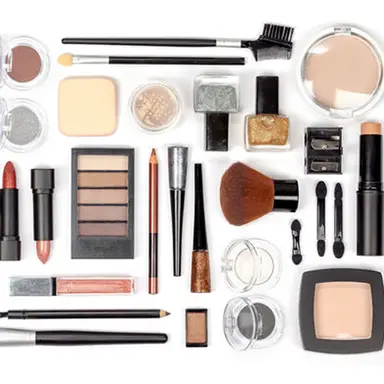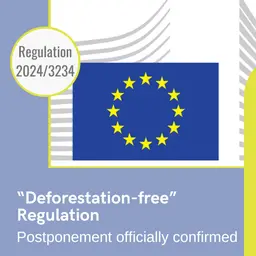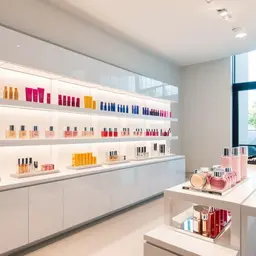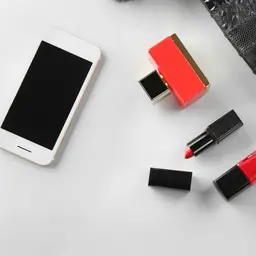
The formulation of make-up products is highly specific and far removed from the design of other cosmetics such as hygiene and care products (shower gels, creams, etc.). Pigments generate additional stability constraints and industrial transposition can be tricky. Common terms, ingredients, formulation: an overview of the essentials from Institut Scientis.
Products for the eyes, lips, face, nails, body… make-up products are very numerous. Colouring substances are the key ingredients in this class of cosmetic products and, like the artist with his palette of colours, they give rise to countless creative possibilities designed to enhance the beauty and well-being of the consumer.
After a presentation of certain terms related to make-up, the main classes of ingredients will be inventoried. This will be followed by a look at the equipment used, before outlining the parameters to be taken into account when formulating these products. Finally, a focus will be placed on the formulation of lipsticks and glosses.
Common terms
Let’s start with a glossary of some of the terms commonly used in make-up formulation.
Colouring substance
Substance capable of absorbing luminous radiation in the visible light spectrum.
Pigment
Ingredient responsible for the colour of a medium in which it is insoluble. It must be finely ground and is generally mixed with a dispersing agent when make-up products are formulated.
Shade
Colour as such (blue, red, yellow…).
Saturation
Intensity of a colour (bright or dull).
Value or brightness
Clarity or darkness of a colour in reference to a colour chart ranging from white …













